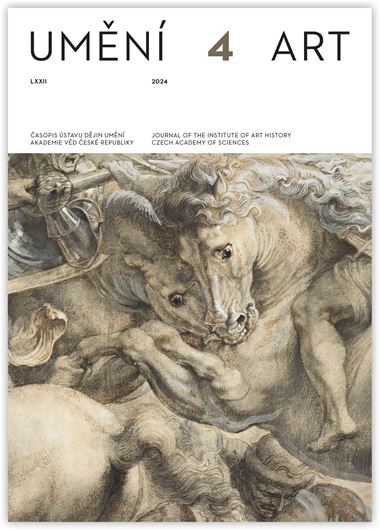Sabrina Raphaela Buebl
Just Another Renascence? Max Dvořák's Formulation of an Early Renaissance
Max Dvořák is well known for his conception of Mannerism and its relation to Expressionism, while little thought has been given to his vision on the development of early Renaissance between the 14th and 15th centuries. Without giving too much weight to the conventional division into “an early and a late Dvořák”, several stages of intellectual maturity and different historiographical frameworks will be considered to address a specific notion as far-reaching and yet still equivocal as the birth of the Renaissance. This article focuses on Max Dvořák’s thoughts on the transition from the late Middle Ages to the Renaissance. His conclusions are presented based on an analysis of three different writings concerning the emergence, development, and significance of the Renaissance. Some of the material selected for this article is unpublished, permitting to present hitherto unknown works by the art historian. The first text, a manuscript of a lecture cycle Über die Hauptepochen in der Entwicklung der modernen Kunst (On the Main Epochs in the Evolution of Modern Art, 1898), reflects on the medieval preconditions that initiated the Renaissance. The second text, a lecture on Giotto (1910), marks the differentiation that Dvořák made between the history of modern painting, of which he saw Giotto as the first representative, and the phenomenon of the Renaissance, which was subordinate to this process. Finally, as the third source, the first two chapters of the renown Geschichte der italienischen Kunst im Zeitalter der Renaissance (History of Italian Art in the Age of the Renaissance, 1918–19), published posthumously in 1927, will be used to trace the trajectories of Dvořák’s Renaissance principle.
Author's email:
sbuebl@unisa.it
DOI: HTTPS://DOI.ORG/10.54759/ART-2024-0402
Full-text in the Digital Library of the Czech Academy of Sciences:
https://kramerius.lib.cas.cz/uuid/uuid:f2779676-936f-4317-9a75-eca357167fca
< back

